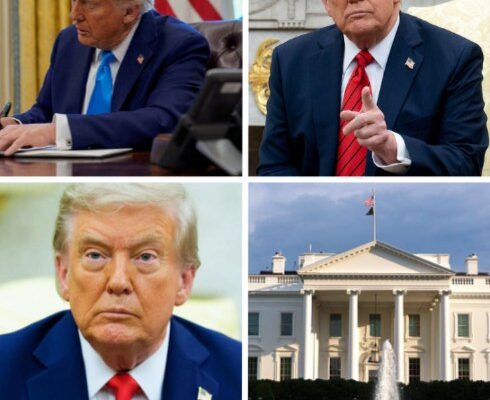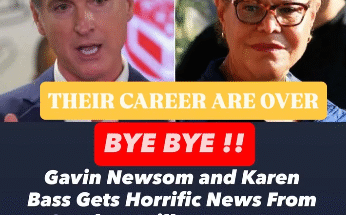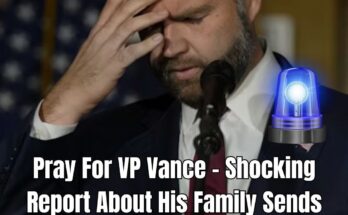Funding Fight at the White House
On Monday, Democratic and Republican leaders were set to meet with President Trump in a last-ditch effort to avert a government shutdown. For weeks, Trump has insisted he expects the government to shut down, daring Democrats to block Republican legislation that would maintain funding largely at current levels.
Democrats, however, are demanding concessions—chiefly an extension of health care benefits—in exchange for their votes. Last week, Trump abruptly canceled a planned meeting with congressional leaders, dismissing Democrats’ conditions as “unserious and ridiculous.” But his decision to convene talks now signals the mounting pressure to strike a deal.
If Congress fails to pass and the president fails to sign a temporary funding measure by Tuesday night, thousands of federal offices could shutter and non-essential employees would face furloughs. Economists warn such a disruption would hurt workers and ripple through an already strained economy.
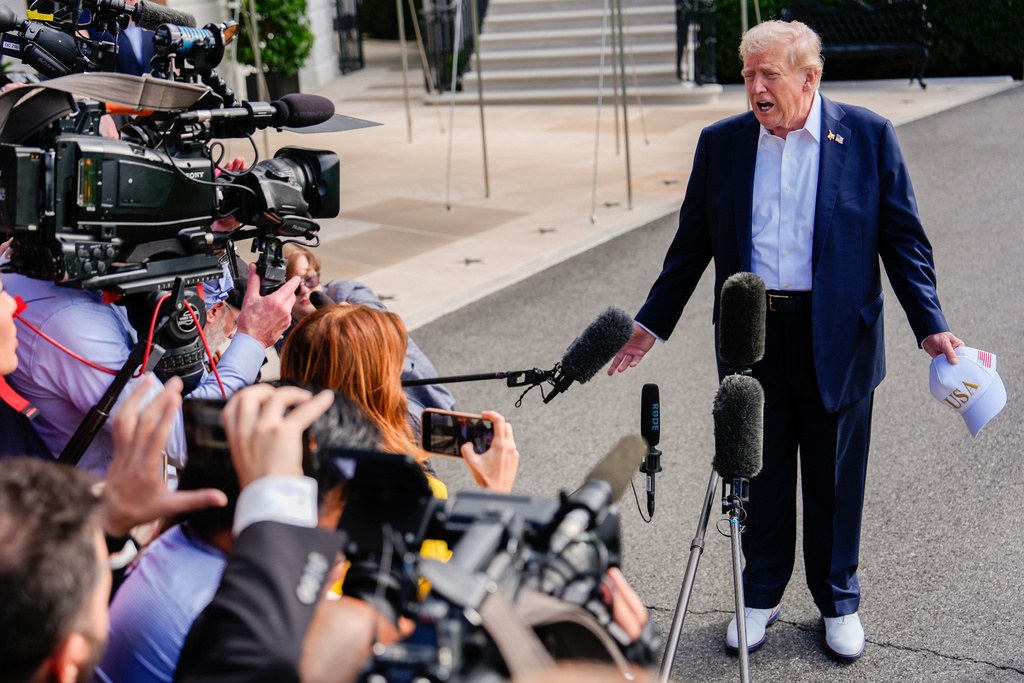
Oregon Troop Deployment Sparks Legal Clash
Beyond Washington, the administration is facing resistance in Oregon, where Trump announced plans to deploy 200 members of the state’s National Guard under federal authority. In a social media post Saturday, he claimed Portland was “war ravaged” and that troops were needed to protect Immigration and Customs Enforcement facilities from “Antifa and other domestic terrorists.”
The Defense Department memo outlining the deployment was circulated to state leaders Sunday, but Pentagon officials declined to confirm its authenticity. Democratic Governor Tina Kotek said she voiced strong objections to Trump directly. “There is no insurrection in Portland. Local law enforcement has this under control,” she said.
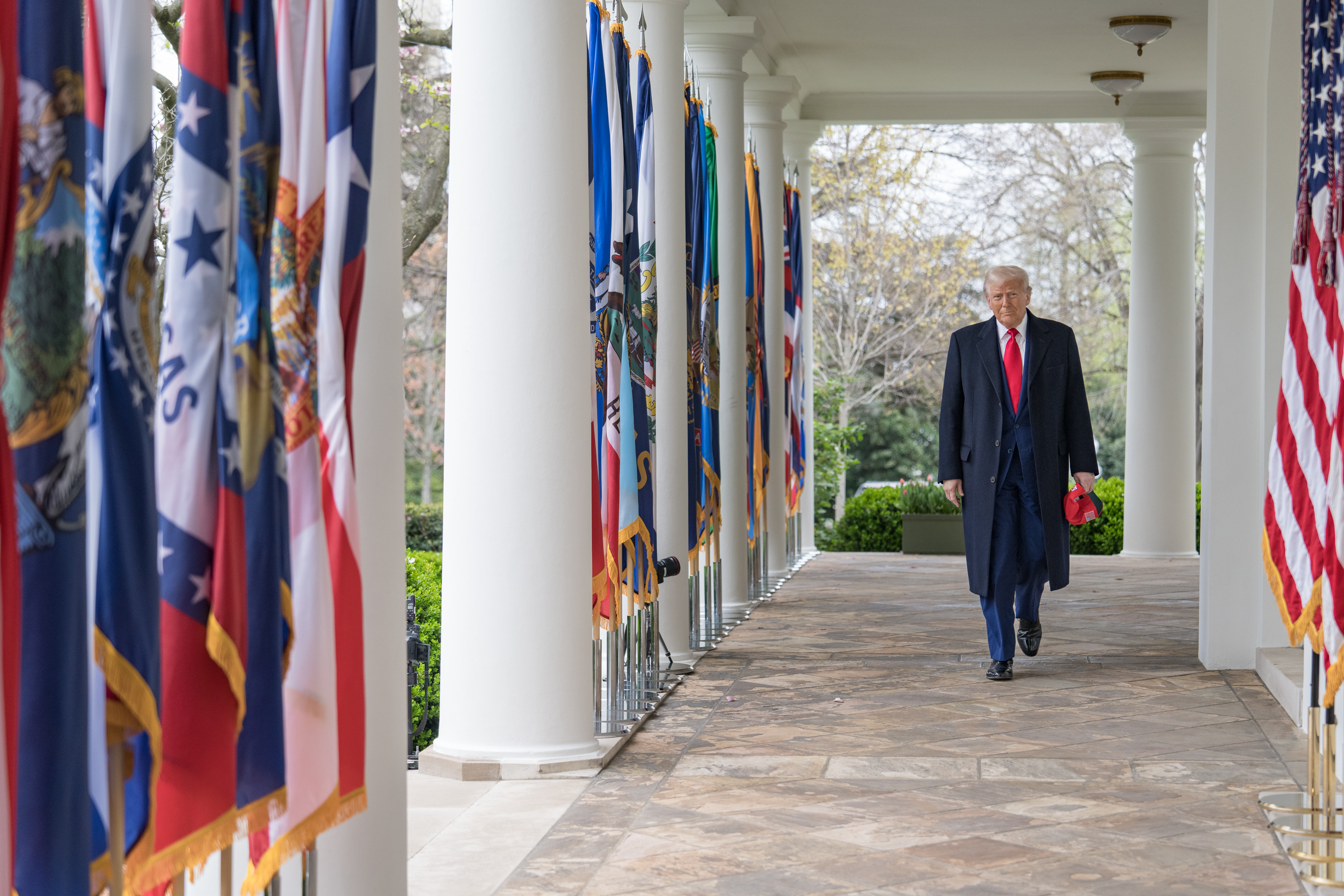
This marks the latest in a series of federal interventions in Democrat-led cities. Earlier this year, active-duty Marines were sent to Los Angeles, and more than 1,000 National Guard troops patrolled Washington, D.C. A deployment to Memphis is reportedly imminent, and Trump has repeatedly threatened to send forces into Chicago.
Critics argue these moves amount to federal overreach and stoke tensions rather than calm them. Supporters insist the show of force is necessary to deter violence and protect federal personnel.
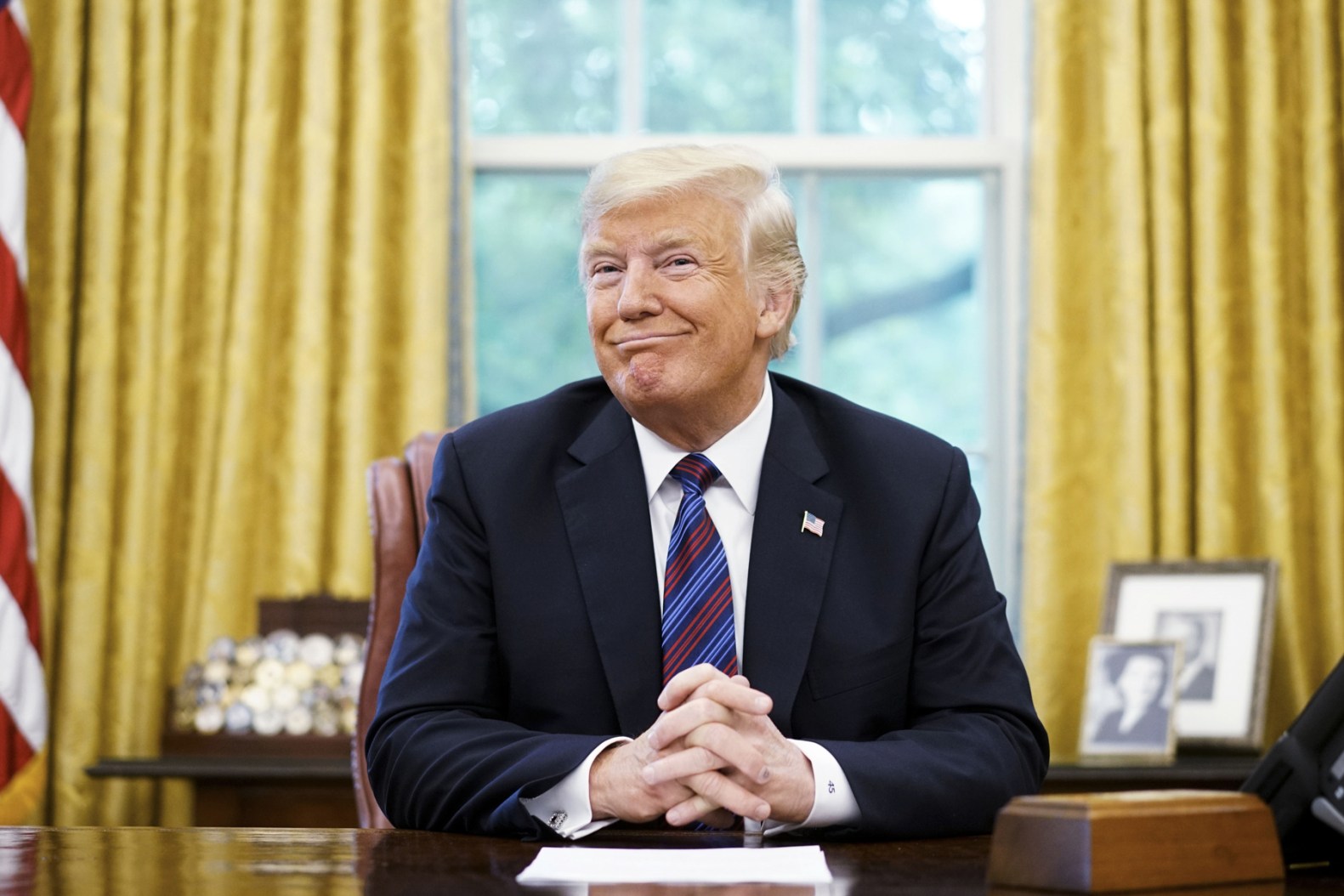
Trump’s AI Presidency
Meanwhile, Trump’s social media presence has taken on a surreal twist. His team has leaned heavily into AI-generated portraits of the president: from a muscular, chiseled leader to “Pope Trump,” and even a Star Wars-inspired figure wielding a lightsaber.
The images, designed to amplify Trump’s larger-than-life persona, reflect a strategy that blends politics with internet meme culture. In July, the White House itself poked fun at the phenomenon, posting: “Nowhere in the Constitution does it say we can’t post banger memes.”
:max_bytes(150000):strip_icc():focal(721x177:723x179)/Donald-Trump-speaks-as-he-meets-with-Italian-Prime-Minister-Giorgia-Meloni-in-the-Oval-Office-042125-1-cec6c9b019284ff388ba657a79db0c24.jpg)
The tactic has proven effective: the AI images go viral almost instantly, ensuring Trump remains at the center of online conversation. But critics worry it trivializes the presidency and blurs lines between reality and satire at a time of heightened political division.
A Pivotal Week
With the threat of a shutdown, a legal battle over troop deployments, and even memes shaping public discourse, this week underscores the volatile and unpredictable nature of Trump’s second term. For Congress, the immediate test is whether leaders can strike a funding deal before the government grinds to a halt. For Oregon, the question is how far Washington can push into state authority. And for the public, the spectacle of AI “President Trump” offers both comic relief and a symbol of how politics has become inseparable from performance.
